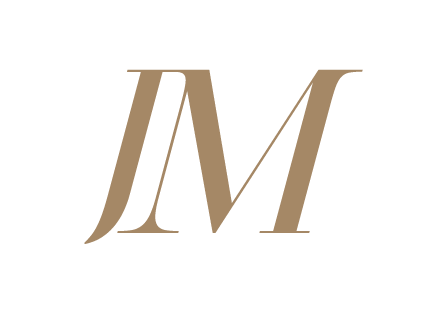How I Lead Creative, Production, & UI/UX Teams for Exceptional Results
In the fast-paced world of digital design and brand experiences, leading creative, production, and UI/UX teams requires more than just expertise; it calls for vision, adaptability, and the ability to inspire diverse talent. Drawing from my experience in creative direction, production management, and UI/UX leadership, here’s a guide to how I unite these dynamic teams to deliver outstanding, user-centered results.
Establish a Unified Vision Across Teams
Creative, production, and UI/UX teams each have unique processes, goals, and workflows. The creative team might prioritize aesthetics and brand messaging, the production team focuses on practical deliverables and timelines, and the UI/UX team centers on user experience and interaction design. Bringing these perspectives together requires a clear, unified vision that aligns with the brand’s objectives and the project’s goals.
Encourage Collaboration Early & Often
Each team brings valuable insights to the table, and harnessing their collective expertise can elevate the final product. Encourage collaborative work sessions early in the project lifecycle to brainstorm ideas, identify challenges, and share solutions.
These collaborative sessions foster cross-functional respect and give each team a chance to understand the others' perspectives, leading to a more cohesive, user-centered approach.
Set Clear Goals & Shared Objectives
The creative, production, and UI/UX teams each have distinct roles. When project objectives aren’t clearly communicated, conflicting priorities can easily lead to tension.
To align these teams, set clear goals from the outset, and establish shared objectives that everyone can rally behind. For instance, if the main goal is to launch a website that combines seamless navigation with engaging visuals, communicate how each team’s contributions play into that shared goal. Periodically revisiting these objectives, especially during kickoff and major milestones, keeps everyone on the same page and fosters a sense of unity and purpose.
Encourage Open Communication to Prevent Misunderstandings
Effective leaders know that many conflicts stem from misunderstandings. To prevent friction, I like to foster an open communication culture where team members feel comfortable expressing concerns, sharing ideas, and asking questions without fear of judgment. For example, host regular cross-functional meetings where each team can share updates, address roadblocks, and clarify any issues.
Encourage each team to respect the expertise and priorities of the others. By facilitating respectful, open discussions, you help teams appreciate each other’s challenges and work toward solutions together.
Leverage Data & User Insights
Data-driven insights are essential in guiding creative direction, UI/UX design, and production priorities. While creativity is central to a compelling design, user behavior and feedback provide actionable information that can fine-tune each stage of production. Encourage teams to reference user testing data, analytics, and research to inform their decisions.
This approach not only ensures that designs are visually appealing but also functional and user-friendly. A balance between creative innovation and user-centered design makes it possible to produce products that are visually striking and meet user expectations, drive business goals, and maximize growth.
Empower Teams with Trust & Clear Communication
Trusting my teams to make informed decisions within their areas of expertise is essential for effective leadership. I tend to Set clear expectations, but allow room for autonomy within the project scope. I'm present to provide guidance, but avoid micromanaging the creative process.
Clear communication is also key—by scheduling regular check-ins to monitor progress, address any blockers, and celebrate small wins, I encourage openness within my team. Transparency around project goals and expectations will helps to maintain momentum and keep all those involved aligned.
Foster a Growth-Oriented Environment
One of the best ways to keep my teams engaged and motivated is to foster a culture of learning and growth. I want my teams to stay current with industry trends, tools, and technologies, and provide opportunities for professional development. Whether it’s by hosting internal workshops, bringing in outside resources, or allocating time for team members to attend relevant conferences and events, investing in their growth will contribute to stronger, more innovative teams.
Measure Success Beyond the Final Product
For a project to be truly successful, it needs to meet more than just the deadlines and technical requirements; it should leave an impact on the users/customers and achieve the brand’s goals. I commit to taking the time to evaluate the project from multiple perspectives: how did the team collaboration affect the outcome? Was the user experience prioritized? How did the creative vision align with the brand message?
Gathering feedback from each team can be invaluable in refining processes for future projects. Acknowledging the contributions of each team fosters a positive culture and motivates them to continue striving for excellence.
Lead with Inspiration & Recognition
Leading by example and recognizing the hard work of each team can go a long way in motivating creative, production, and UI/UX teams. I strive to set tones of enthusiasm, resilience, and openness to new ideas, and recognize achievements both large and small. A positive work environment and an inspiring leadership style build team morale, encourage ownership, and ultimately lead to better project outcomes.
